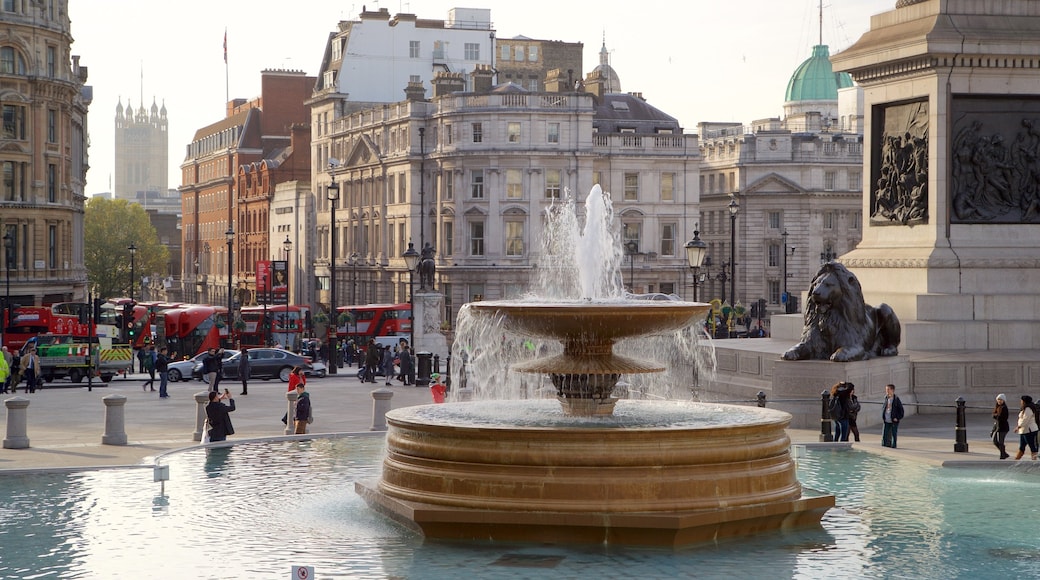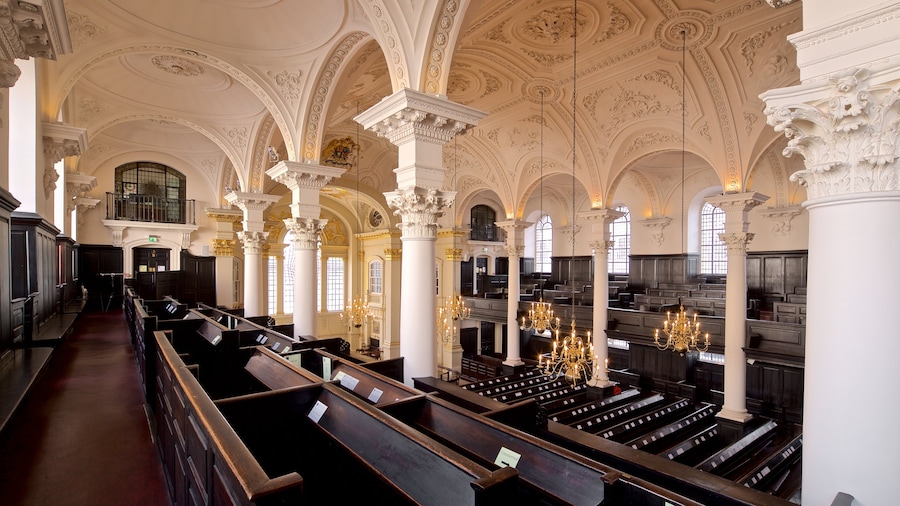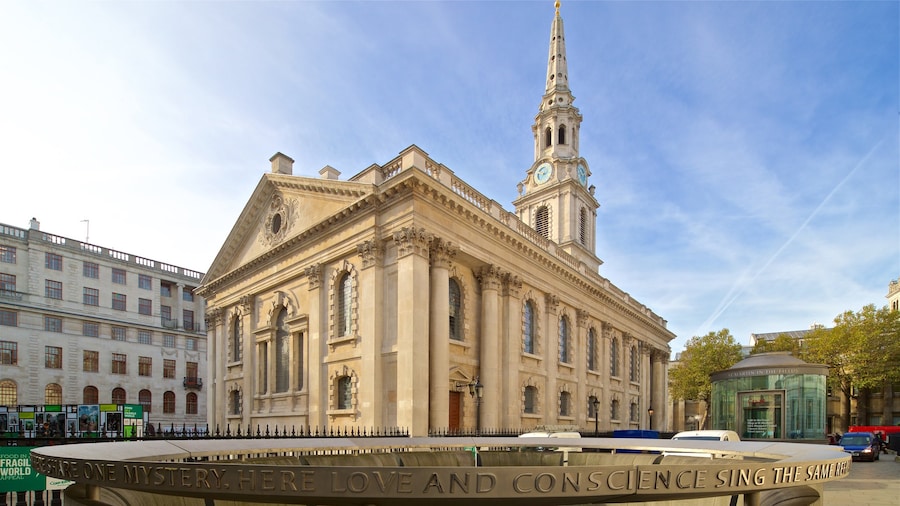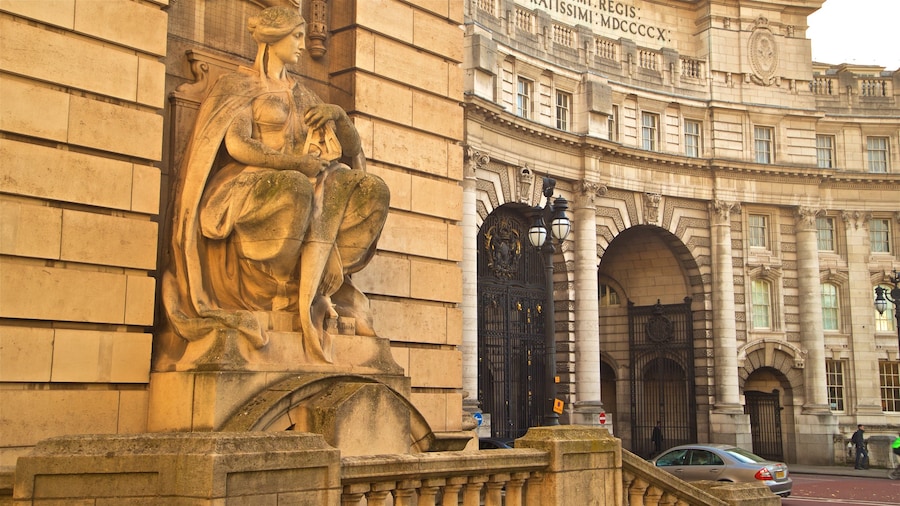Travelling around central London, it can sometimes seem that all roads lead to Trafalgar Square. This grand open space, in the heart of the British capital, has roads converging on it from Buckingham Palace, the Houses of Parliament, the West End and St. Paul’s Cathedral. Where they meet, standing proud some 50 metres above on his column, is Lord Nelson, the man the square commemorates. It was Nelson's naval victory at the Battle of Trafalgar, against Napoleon's fleet, that put paid to France's attempt to 'rule the waves' two centuries ago.
Now Trafalgar Square is where Londoners and visitors alike come to walk, see its many attractions, and (if the weather has been very fortunate) cool off in its fountains. Built in the 1840s, its main purpose was to show off the new National Gallery, which was being built at the same time. But with the country also looking to celebrate the naval hero, Nelson, the new square seemed the obvious place to erect his statue – and it was renamed Trafalgar Square.
Since those days, in addition to countless sightseers, Trafalgar Square has hosted many of Britain's most important public events. It has seen celebrations at the end of the World Wars, and cheering crowds for England's sporting heroes. It has also seen protests and riots in the past, but these days, it is busiest at the start of Christmas – when its Christmas Tree lights are switched on – and on New Year's Eve, when revellers arrive to see in the New Year.
Most tourists come here to gaze at the occasional pigeons flying around Nelson's Column, maybe to see the latest art installation on the 'Fourth Plinth', or to climb the steps of the National Gallery, where Britain's finest paintings are gathered. But mainly just to soak up the atmosphere of being right in the heart of the London, with its many attractions waiting to be explored.






















